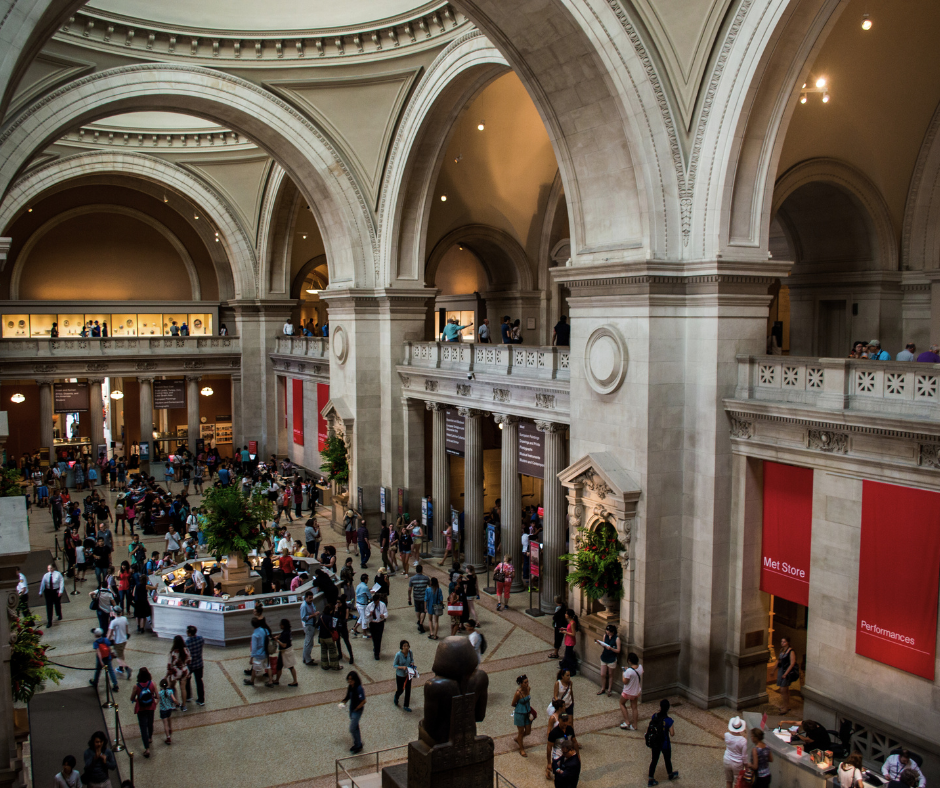

15 Intriguing Museum Jobs You Might Not Have Considered
Summary
Reflection Questions
Journal Prompt
Beyond notoriously competitive positions (think museum curators and museum technicians), there are a number of museum careers you might not have considered. Below are introductions to fifteen jobs that will either help you start or diversify your museum career. From digital archivists to cultural programmers, museum workers have many options beyond the high-profile roles to which many history graduates aspire.
15 Museum Jobs to Consider as an Art and History Lover
Exhibit Designer
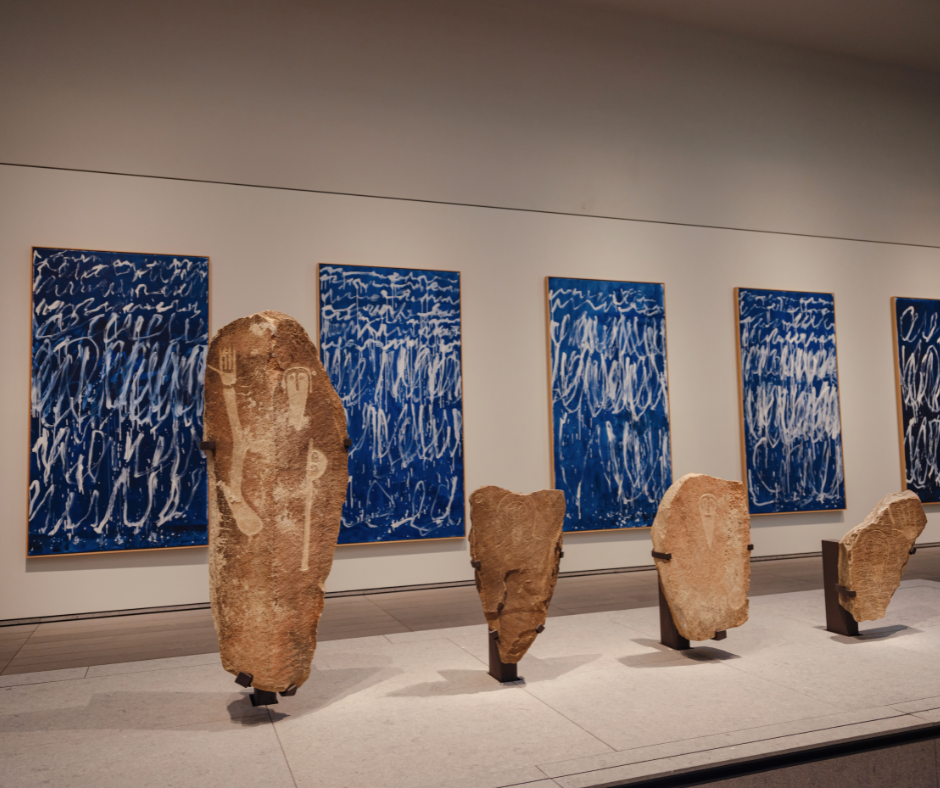

Exhibit designers are responsible for creating the layout and visual presentation of museum exhibitions. They work closely with curators to develop themes and narratives, choosing the right materials, technology, and space arrangements to best showcase the artifacts.
This role requires a strong background in design, typically a degree in industrial design, interior design, or a related field. Exhibit designers usually enter the field with some prior experience in design, making this a mid-career position. They must be adept at project management and possess a keen artistic sense as well as technical skills in design software.
Digital Archivist
Digital archivists manage and preserve a museum’s digital records and assets. Their responsibilities include digitizing physical records, organizing digital files, and ensuring the long-term preservation and accessibility of digital information.
Most archivists hold a Master’s or Bachelor’s degree in library science, archival science, or information management, often with a focus on digital technologies. Digital archivists typically start in entry-level positions at museums but the role requires specialized training in archival standards and digital preservation techniques.
Rights and Reproductions Coordinator
This role involves managing the rights associated with museum collections, such as securing permissions for reproductions and handling copyright issues. A background in law, arts administration, or museum studies is beneficial, with additional training in intellectual property law preferred. A Master’s Degree might be required. This job can range from entry-level to mid-career, depending on the institution’s size and the complexity of its collections.
Art Handler or Preparator
Art handlers or preparators are responsible for the safe handling, installation, and storage of artworks and artifacts. This position typically requires practical experience in art handling, which can be gained through internships or entry-level roles in galleries or museums. Some positions may require a background in fine arts or museum studies. The role is hands-on and requires meticulous attention to detail and a strong understanding of conservation practices.
Propagator or Horticulturist (for Botanical Gardens and Historic Houses)
These specialists care for the plant collections at botanical gardens and historic houses, focusing on propagation, cultivation, and garden design. A degree in horticulture, botany, or a related field is usually necessary. This role can be both an entry-level and a mid-career position, depending on the specific responsibilities and the size of the institution.
Education Technology Specialist
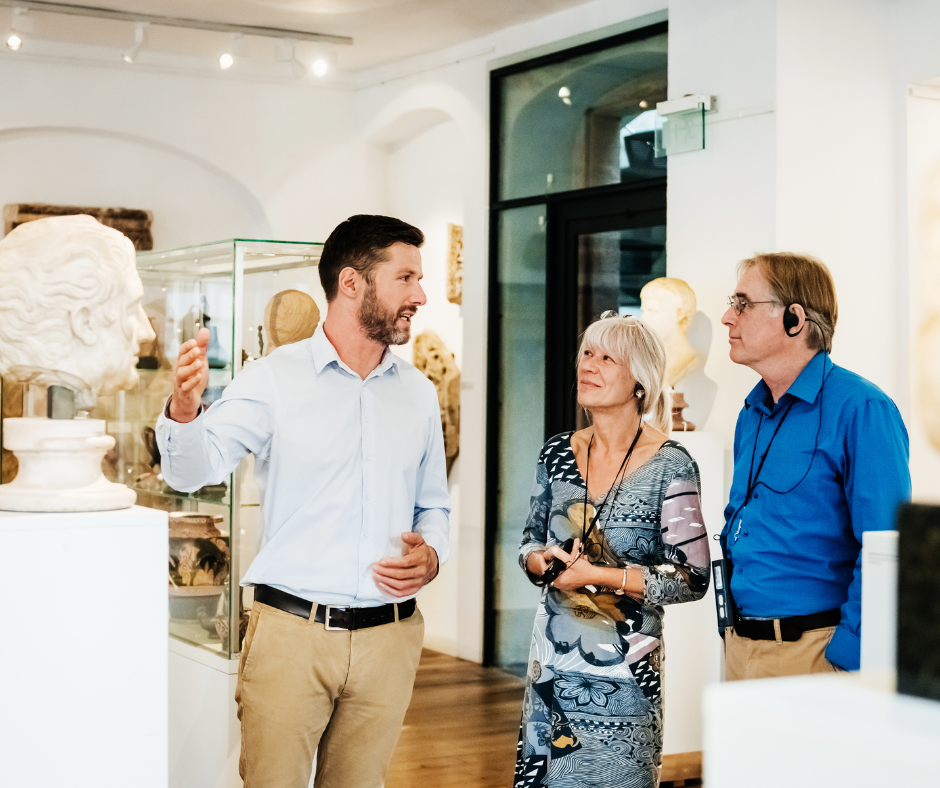

These professionals develop and implement technology-based educational programs in museums, such as interactive displays and learning apps. A background in educational technology, instructional design, or a related field is required, along with experience in programming or digital media production. This is typically a mid-career role that combines skills in education, technology, and project management.
Lighting Designer
Lighting designers in museums are responsible for designing lighting schemes that enhance the visitor experience while preserving sensitive artifacts. This role requires knowledge of lighting technology and design, often with a degree in theatrical lighting, architecture, or engineering.
Experience in lighting design is essential, making this a mid-career job that demands both creative and technical expertise.
Cultural Programmer
Cultural programmers design and organize educational programs and events that complement museum exhibitions. This role typically requires a background in arts administration, museum studies, or a related field, with substantial experience in public programming or education.
It’s a mid-career position that involves collaboration with artists, educators, and community organizations.
Museum Accessibility Coordinator
This position focuses on ensuring that museum facilities and programs are accessible to all visitors, including those with disabilities. Responsibilities include developing accessibility programs, training staff, and overseeing the implementation of accessibility technologies.
A background in disability studies, museum studies, or a related field is often required, making this a mid-career role that emphasizes advocacy and inclusivity.
Fuel your creative fire & be a part of a supportive community that values how you love to live.
subscribe to our newsletter
Collection Risk Manager
Collection risk managers assess and mitigate risks to museum collections, such as environmental hazards, theft, or deterioration. This role typically requires a background in museum studies, risk management, or conservation, with mid-career experience in museum operations or administration.
They develop risk management protocols and emergency response plans to protect the museum’s assets.
Museum Fabricator
Museum fabricators construct and maintain exhibit components, from showcases to interactive elements. Technical skills in carpentry, metalworking, or other craft areas are essential, often acquired through vocational training or on-the-job experience.
This role can be entry-level or mid-career, depending on the complexity of the projects and the fabricator’s skill level.
Museum Grant Writer
Grant writers in museums secure funding through proposals and grant applications. This role requires excellent writing skills and a thorough understanding of fundraising strategies, typically with a background in grant writing, fundraising, or non-profit management. Entry-level to mid-career positions are common, depending on previous experience and the scale of funding initiatives.
Visitor Research Analyst
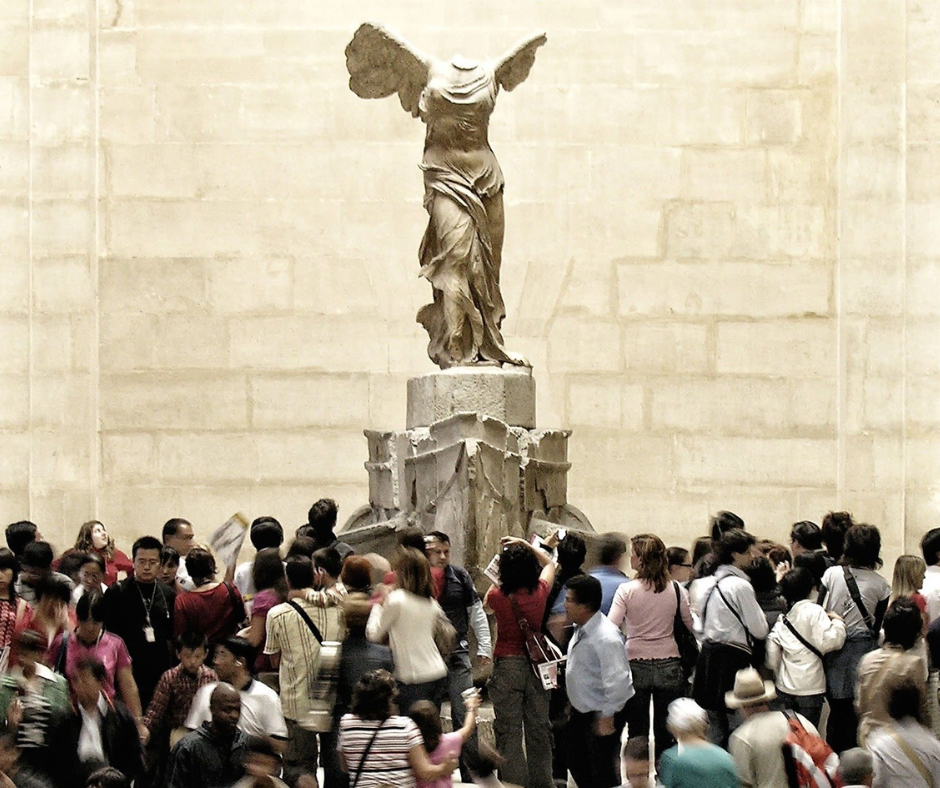

Visitor research analysts gather and analyze data on museum visitors to improve exhibitions and programs. This role requires skills in data analysis and market research, often with a background in sociology, psychology, or marketing.
Entry-level to mid-career positions are available, depending on the level of analysis required.
Collections Photographer
Collections photographers specialize in photographing museum artifacts for cataloging, research, and publication. This requires expertise in photography, particularly in handling delicate or challenging lighting situations. A degree in photography or fine arts is common, and this role can be considered mid-career due to the specialized skills required.
Public Art Coordinator
Public art coordinators manage the installation and maintenance of public art projects associated with museums. This involves coordination between artists, city officials, and community groups. A background in arts administration or public relations is typically required, with mid-career experience in project management and community engagement.
Cultural Preservation Specialist
These specialists work on preserving and interpreting cultural heritage within museums. This role often requires a deep understanding of specific cultural histories, with a background in anthropology, history, or culture studies. Depending on the institution and the nature of the collections, this can be a mid-career position that involves research, community outreach, and educational programming.
Final Thoughts on Finding the Right Museum Job
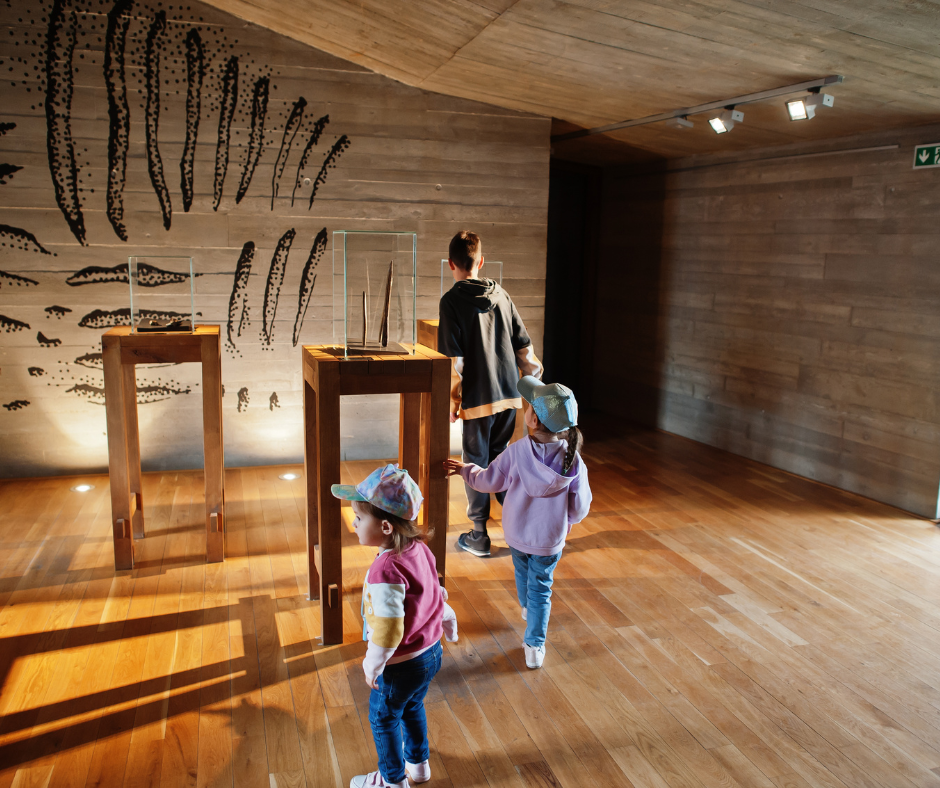

Whether you want to be a curator or not, there are so many other options in the museum world—and those options are ever-expanding. As of 2022, there were approximately 37,700 museum workers employed in the United States, according to the Bureau of Labor Statistics. This category includes archivists, curators, and museum technicians. Employment in this field is expected to grow by 10% from 2022 to 2032, which is much faster than the average for all occupations. With all of these opportunities, we hope you find the perfect fit for your career!
Design Dash
Join us in designing a life you love.
-
All About Our 7-Day Focus & Flex Challenge
Sign up before August 14th to join us for the Focus & Flex Challenge!
-
Unique Baby Names Inspired by Incredible Women from History
Inspired by historic queens, warriors, artists, and scientists, one of these unusual baby names might be right for your daughter!
-
Finding a New 9 to 5: How to Put Freelance Work on a Resume
From listing relevant skills to explaining your employment gap, here’s how to put freelance jobs on your resume.
-
What is Generation-Skipping, and How Might it Affect Sandwich Generation Parents?
The emotional pain and financial strain of generation skipping can be devastating for Sandwich Generation parents.
-
Four Material Libraries Dedicated to Sustainability, Preservation, and Education
From sustainable building materials (MaterialDriven) to rare pigments (Harvard), each materials library serves a specific purpose.
-
Do You Actually Need a Beauty Fridge for Your Skincare Products? (Yes and No.)
Let’s take a look at what dermatologists and formulators have to say about whether your makeup and skincare belong in a beauty fridge.








